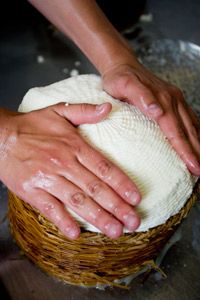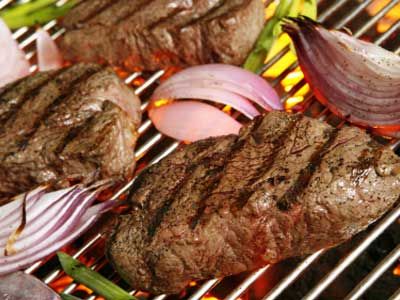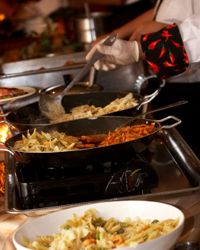When you buy milk at the grocery store, you probably look pretty carefully at the expiration date. It's not that it might be bad; it's that you need to make sure you can finish it all before then. But what if you could just buy a whole gallon and not worry about drinking it all in a week? Making your own cheese means never having to throw out milk again. It means turning all that healthy dairy goodness into a yummy, preserved-milk treat.
Cheese is essentially fermented milk, and fermentation makes milk last a whole lot longer. Certain heat-resistant bacteria produce acid when milk is heated, and this acid prevents harmful bacteria from growing. Instead of the milk lasting about a week, cheese lasts months to years. That's how cheese making evolved thousands of years ago, most likely by accident in especially hot climates when milk simply got so warm it congealed into yogurt, and then aged into cheese. Animals like cows and goats only produced milk during certain times of the year. When it turned out the congealed milk didn't hurt anyone, cheese making became a way of preserving extra milk so people could consume it all year long. That cheese tastes great was just a side benefit.
Advertisement
It's not that difficult to get in on the benefits of cheese making, although it can take practice. Luckily, you don't need to make a big investment in supplies to make cheese at home, so you can probably afford the learning process. The most complex piece of equipment you'll need is the cheese press, but you can make one out of stuff you have at home if you don't want to buy one.
In this article, we'll walk through the process of making a basic hard cheese. The process we'll use is adapted from lessons published by University of Cincinnatti biochemistry professor David Fankhauser.
Let's start by gathering supplies and ingredients and preparing the milk.
Advertisement





